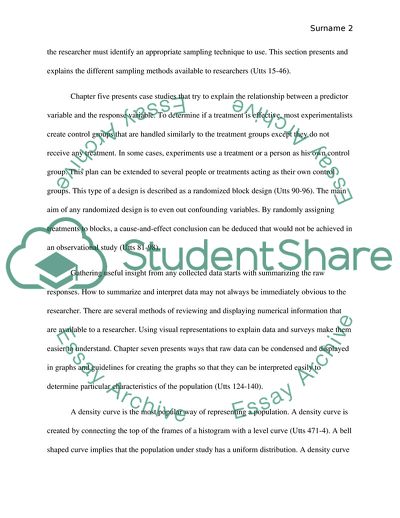The Benefits and Risks of Statistical Methods Assignment Example | Topics and Well Written Essays - 1750 words. https://studentshare.org/mathematics/1829332-math-reflections
The Benefits and Risks of Statistical Methods Assignment Example | Topics and Well Written Essays - 1750 Words. https://studentshare.org/mathematics/1829332-math-reflections.


